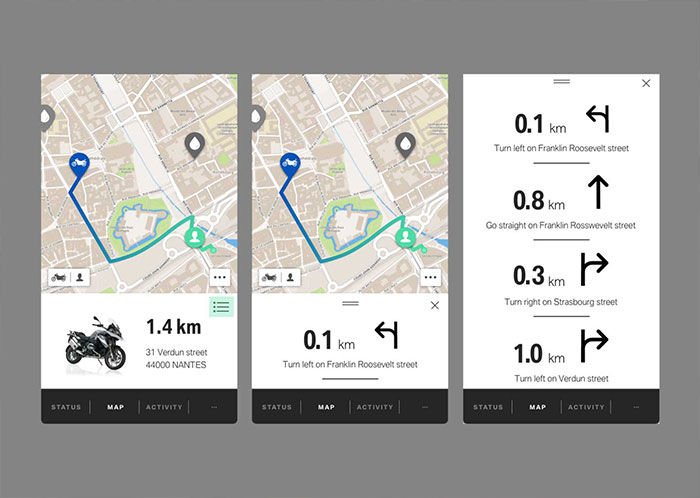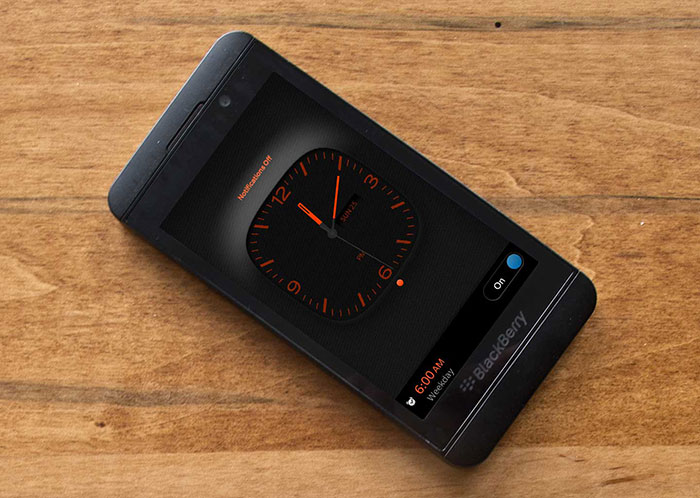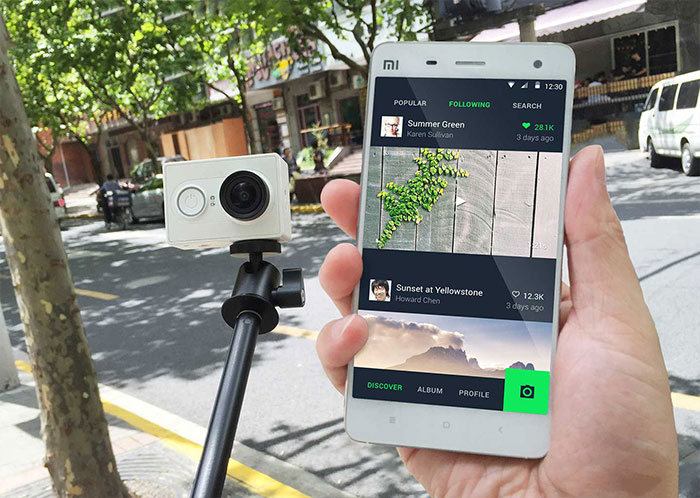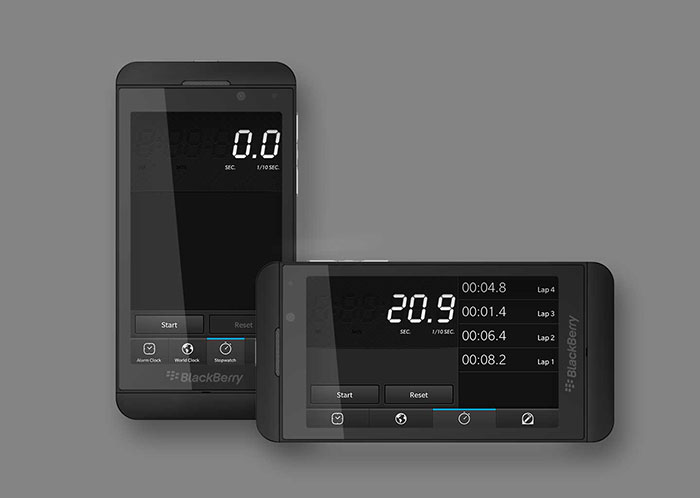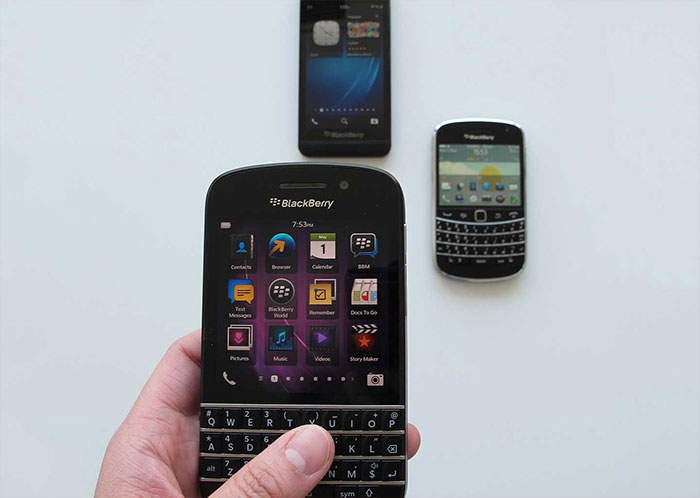/ UX
Integrating hardware and software interactions to optimize the user experience
The interface experience goes beyond the screen and extends into the real world. Whether it’s controlling hardware with an app or eliminating physical limitations with an UI change, we must consider both the hardware and the software layers to ensure a complete and optimal user experience.
I have designed for…
Connecting Motorcycle
We worked with BMW to design a mobile app that connects to their motorcycles. The app is used to check the status of the bike, locate it and plan a route. We had to consider real-life motorcycle scenarios (such as whether the bike is within communication range, whether it has power, whether the mobile GPS signal is normal, whether it is in navigation mode, etc.) to comprehensively consider the app experience.
Screen Burn
While working on the native Clock app for the BlackBerry 10 OS, we discovered that if the UI remained static over a specific number of hours, the color red would cause screen burn on OLED. Since the color red was extensively used in our UI, I had to specify the night clock behaviors while the device was charging/not charging/on a smart stand to minimize the likelihood of screen burn.
Controlling Camera
We worked with XiaoYi, a company in the Xiaomi ecosystem, to design a mobile app that controls their touchscreen-less action camera. We had to ensure that the functionalities on the camera and smartphone complemented each other, while also taking into consideration the communication limitations between the devices.
Landscape v.s. Portrait Orientations
Designing for landscape and portrait use cases differently on mobile devices is important to maximize the provided functionalities of products. This is particularly crucial in scenarios such as watching videos, taking photos, or multi-tasking with a lot of information.
Physical Keyboard
When I worked at BlackBerry, one of my tasks was to ensure a consistent user experience across devices, whether they were equipped with a keyboard or not. This was especially important when the first two smartphones built on BlackBerry 10 Operating System, the Q10 (equipped with a physical keyboard) and the Z10 (without a keyboard), were launched simultaneously.


